During the second stoning, it is advisable not only to throw pebbles on the main stele, but also on the JamratOolah and the JamratWustah.
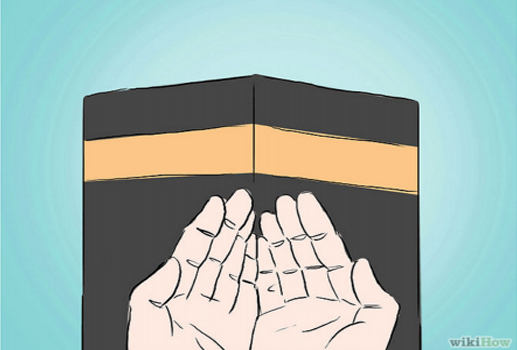
• Harrived on the spot, the Hajj is a set of complex’steps and which have a very precise order. In a few words, we must not miss!
• often, the believer begins to «revise a few months» before his departure for Mecca. In Malaysia, for example,’ is a real industry that has been set up, whose goal is to prepare future pilgrims so that’s perform the Hajj in a serene and safe way.
• This kind of’s, which already exist in France, address among other things the rites of Tawaf or the back and forth between Safa and Marwa.
If you are not the type to opt for these formulas, you can always find out in the mosque or Islamic center closest to you!
• However, it is important to take this journey seriously, and therefore to study the rites of the Hajj. Indeed, the Hajj must be performed in all sincerity and as a sign of devotion to Allah.
• There are three «types» of Hajj. Each is distinguished by a quality and obligations that must imperatively be fulfilled for the Hajj to be valid. These three rites are Tamatu, Ifraad and Qiran.
• The best of these three types being the Tamatu ( enjoyment ), which is carried out in a state of Ihrâm, with the intention of filling an Umrah during the months of Hajj. Then by completing the Tawâf, the Sa’ee and the shortening of the hair, the pilgrim thus leaves the state of Ihrâm. However, on the eighth day of the month of the Hegira, he once again began the Irhâm with the intention of the Hajj this time, from the place where he was at that time. He then heads for the Holy Places, where he completes the Hajj. If the pilgrim is not a resident of Mecca, he will have to sacrifice a beast. If he cannot afford it, he will have to fast three days during the Hajj and seven others after returning home.
• As for the Hajj of Qiran (the junction), it consists in beginning the Irham by combining the two intentions of the Hajj and Umrah together. Once in Mecca, the pilgrim must perform the Tawaf and the Sa’ee of the Hajj and Umrah while preserving his Irham, without ever desacralizing. On the eighth day, he goes to the Holy Places, and he fulfills the other rites that are part of Umrah and Hajj. He must offer a sacrifice, and S’il n’y fails for lack of means, he should fast three days during the Hajj and seven more once he returns home.
• 2 During the’Ifraad (l’unicity), the pilgrim formulates the’Ihram’s intention for the Hajj. It therefore remains in a state of sacralization until’ the day of stoning (to’Aid). For this rite, sacrifice is not recommended.
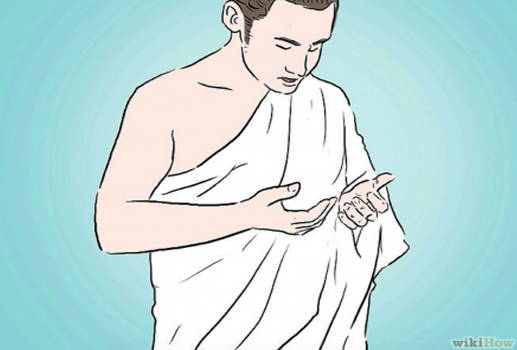
In Belgium, the only way to’ get your ticket for the pilgrimage is to S’ address to a travel agency or an association that deals with this kind of thing. Each agency has a’ number given by the prefecture. It is now possible to check on the internet whether the’ travel agency to which you are addressing has a license or not.
Be careful of scams though! Indeed, some malicious people try to’arnacquer pilgrims by offering them « Faux deals ».
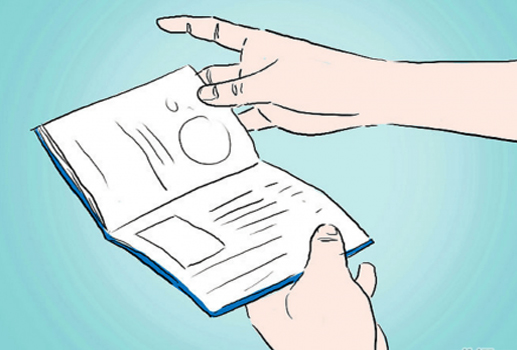
• ’elle must have a licence supplemented by the’approval number : 8830
• You have to check the type of visas offered by the agency. Indeed, « Hajj » type visas are only broadcast via a travel agency approved by the Ministry of Hajj in Saudi Arabia, good to know, To obtain, you must present your valid passport six months after the desired return date, a visa application, copies of the marriage or birth certificate and an up-to-date vaccination book ( meningitis ACWY 135 ).
• Consider contacting the Embassy of Saudi Arabia to verify that the agency has been selected by the Saudi government,
• Finally, n’ hesitate to ask around you with your acquaintances who have already completed the pilgrimage ! The strict rules regarding the respect of good morals in Saudi Arabia are very real. If a woman wants to do Hajj, she must be accompanied by a muhram who is a close relative – her husband, brother, etc. Women over the age of 45 must not have’un muhram if they travel in groups and’elles have a letter of consent issued by their spouse in front of a notary.
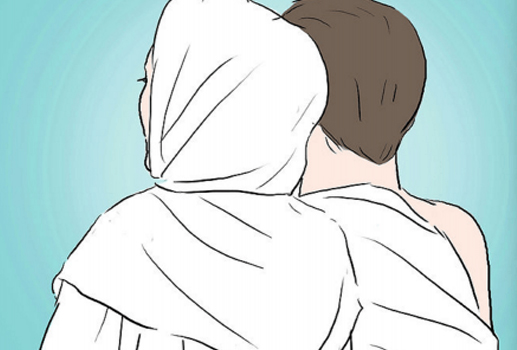
For men, you have to shave, trim or comb your beard. You also need to cut your nails and shave your body hair. Then the pilgrim must take a bath and make his great ablutions with the’ intention to enter into a state of sacralization. Be careful not to use’eau de toilette or perfume after being in the’state of’Ihram. The believer is also asked to’have the sincere will to repent of his sins, whether’s are large or small.
The’homme must then dress in the’Ihram garment, consisting of’a fabric of white color.
Women, on the other hand, must also shave their entire body and clean themselves avoiding perfumes, make-up or any other beauty product. Women do not’ have predestined outfits. They can therefore’dress as they wish, paying attention to what the evening outfit clean and modest.
• If the woman has her period before the’Ihram, she must wash, perfume and put herself in the state of’Ihram like the others. If she has her period or gives birth after the’Ihram, she remains in the state of’Ihram and performs all the rites, except that of the Tawaf. It will have to wait to’ be purified to achieve it.
• The pilgrim who travels by plane must put himself in the state of’Ihram in the air, when’il will approach a place of the’Ihram. Do not postpone the’Ihram until’ airport of Jeddah! If you have the’Ihram habit before going on the’avion, you can wear it under your outfit.
• If you intend to’ to take a selfie after you have put yourself in Ihram, it’is a bad idea! Indeed, photography is a disobedience and a sin, so it is better not to start a rite with this sin.
• – After the rite of the’ihram, do not let appear your right shoulder <TAG1> this is done only during the first Tawaf.
• It is forbidden for the woman to cover her face or her hands.
As soon as it enters the miqât ( the sacred line which delimits the holy place of pilgrimage ), the believer must be in a state of Ihrâm. To finish putting himself in this state, he must first say the niyyah, the declaration of intention to accomplish the pilgrimage. Before leaving the miqât, the believer will recite the talbiyah.
In French: « I answer your call, O my Lord, I answer your call, you who have no partner, I answer your call. Praise, grace and royalty are yours, you who have no partner. »
In phonetics: « Labbayka Alla hummaLabbayk. Labbayk La Sharika LakaLabbayk. Inna l-hamda, Wa n-Niimata, Lakawal Mulk, La Sharika Lak »
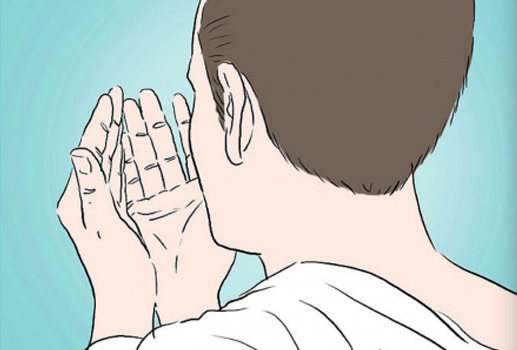
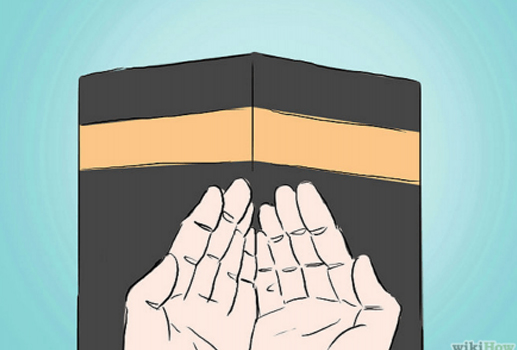
When the pilgrim finds himself facing the Kaaba, he must look at it and say three times «Allah Akbar», followed by «La IlahaIllalah» standing straight in the middle of the crowd.
You have to turn around the Kaaba seven times, keeping it on your right and praying. Meanwhile, the believer recites another niyyah trying to get as close as possible to the Black Stone in order to kiss it. If you can’t do it, touch it. If you can do neither’un nor’other, recite this short prayer: «Bismi’Lah al-hamad». When the men have completed their seven rounds, they can cover their right shoulder’. The Kaaba is the home of’Ibrahim (sws).
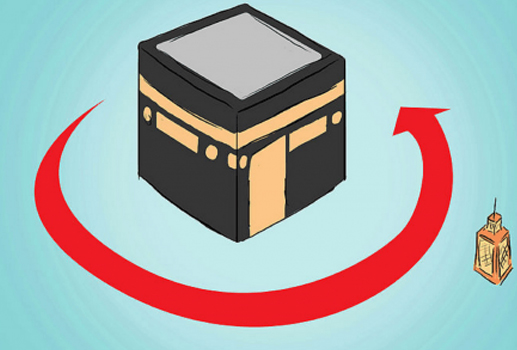

Literally, this word means effort. Sa’ee is to make seven comings and goings between the Safa and Marwa hills. This march commemorates the memory of the wandering of Hajar, wife of Ibrahim, who was looking for water for his son Ismail in the desert.
Muslims then go to Mount Arafat to execute the site of the waquf. Pilgrims set off for the mountain from sunrise. Arrived on site during the afternoon, they regroup and pray and meditate the rest of the day.
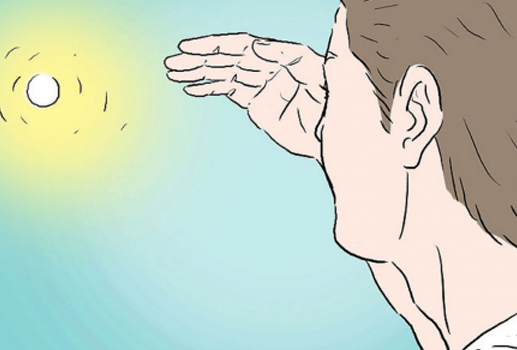
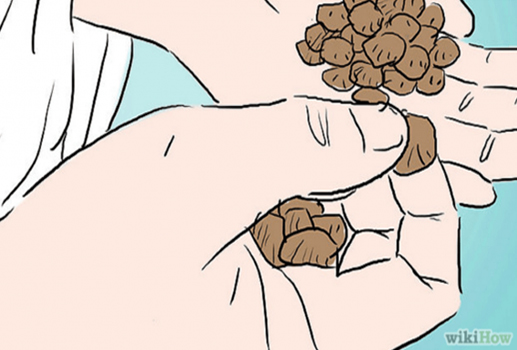
After sunset, the pilgrims gather in Muzdalifah, between Mina and Arafat. They perform the prayers of the Maghrib and the Ichaa there and also spend the night there. The believer also prays to the Fajr and invokes Allah until sunrise. It was after this passage that the pilgrim set off for Mina having picked up seven stones.
Be careful to sleep well on the spot. Only pregnant women, old people or children among others are allowed to leave at midnight.
The stoning of the stelae is one of the flagship stages of Hajj. The pilgrim must stone the great stele on the day of’Aid. Throwing these pebbles, he must raise his hand throwing them and say for each pebble « Allah Akbar ». He must also stone the three stelae during the three days of Tashriq (afternoon).
Do not lapidate outside the time allotted for stoning. D’others throw the pebbles outside the’reserved place – the basin of the stele.
Some pilgrims finish stoning on the first day of Tashriq in order to travel before’ing the Hajj.
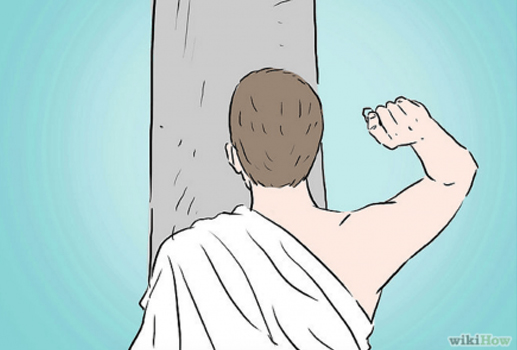
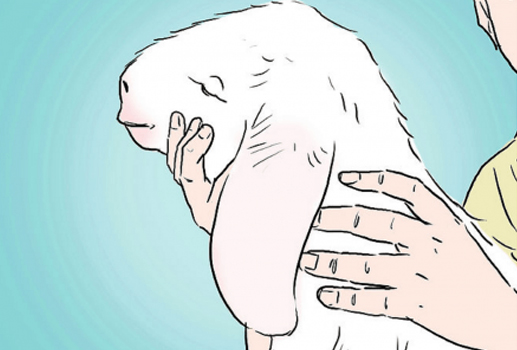
The pilgrim who performs the rite of Tamatu or Qiran must make a sacrifice. Most believers, however, prefer to make an offering, in exchange for which they will receive a voucher that certifies them that’a beast will be sacrificed in their name. The meat will be distributed around the world to feed the people in need. The sacrifice of the’animal is made from the day of the’Aid and three days after.
After making his sacrifice, the pilgrim must shave his head or cut off his hair. The woman must cut the’equivalent of’a phalangette of’an inch. This is when the believer will be able to remove his Ihram.
All the prohibitions during the’Ihram state will then be removed, with the exception of his wife, whose pilgrim can enjoy only’ after the last Tawaf.
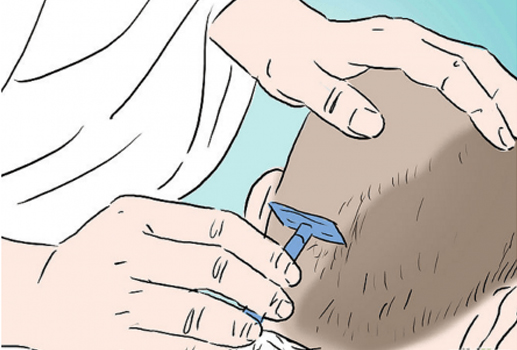
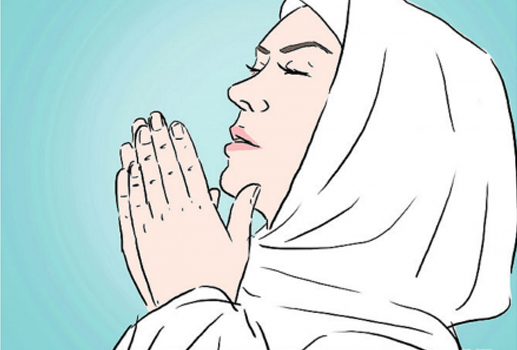
The pilgrim preferably goes to Mecca to perform the last Tawaf and the Sa’ee. The period of Tawaf is not limited in time, but it is better to perform’ during the three days of’Aid. At the end of the third day, pilgrims return to Mina and spend the night there to pray.
During the second stoning, it is advisable not only to throw pebbles on the main stele, but also on the JamratOolah and the JamratWustah.
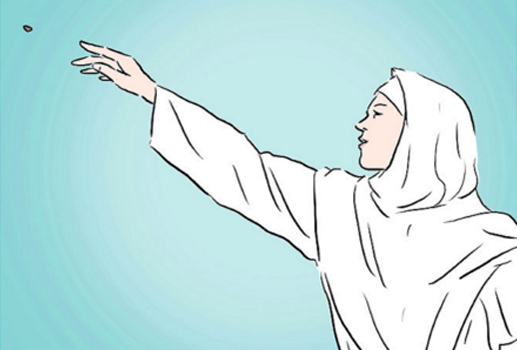
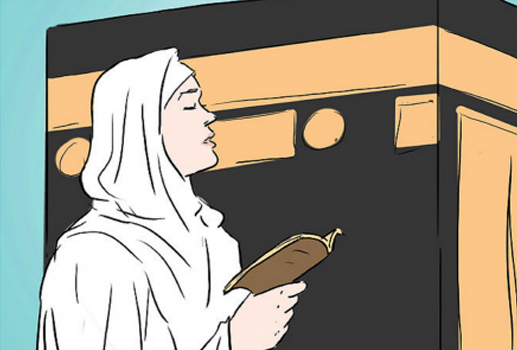
To complete his pilgrimage, each believer must perform a final Tawaf, during which he will go around the Kaaba seven times. This moment is the’ opportunity for each pilgrim to reflect on his Hajj.